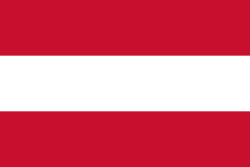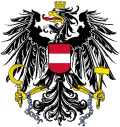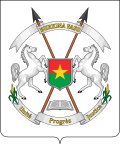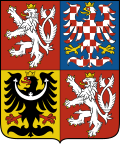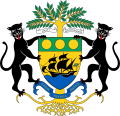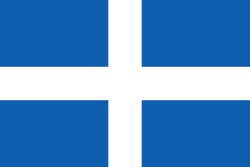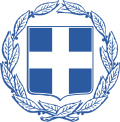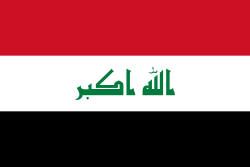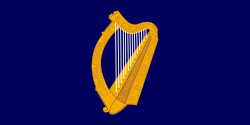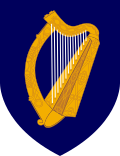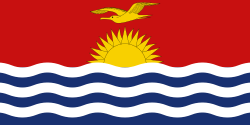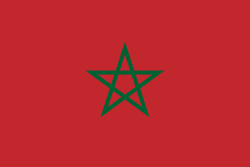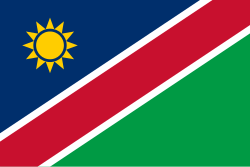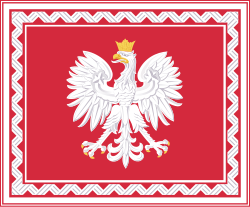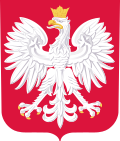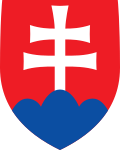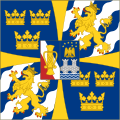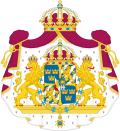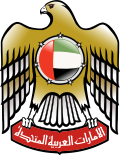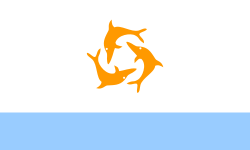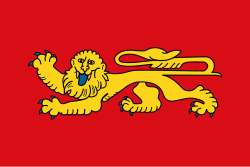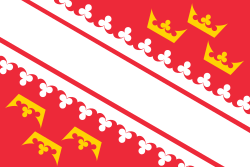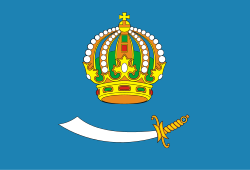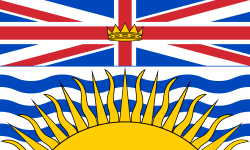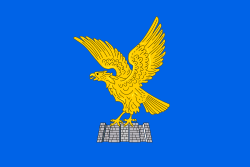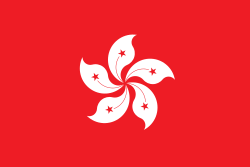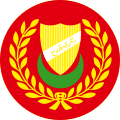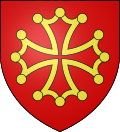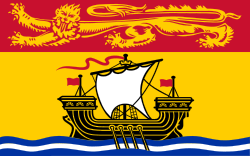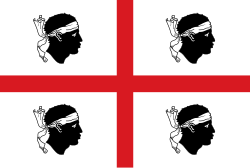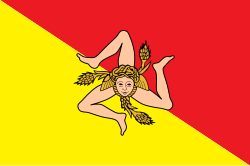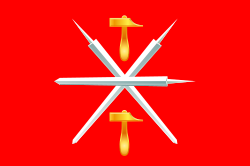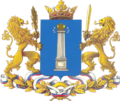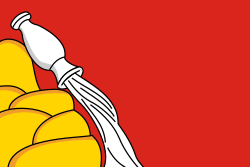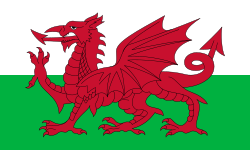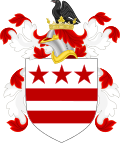Examples
National / state flags
Provincial flags
County flags
| Cheshire |  | 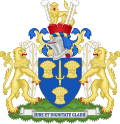 |
| Flag of Cheshire | Coat of arms of Cheshire | |
| Essex |  |  |
| Flag of Essex | Coat of arms of Essex | |
| Jönköping County |  |  |
| Flag of Jönköping County | Coat of arms of Jönköping County | |
| Kalmar County |  |  |
| Flag of Kalmar County | Coat of arms of Kalmar County | |
| Kent |  | 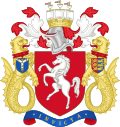 |
| Flag of Kent | Coat of arms of Kent | |
| Kronoberg County | 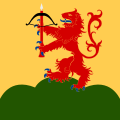 |  |
| Flag of Kronoberg County | Coat of arms of Kronoberg County | |
| Northumberland |  |  |
| Flag of Northumberland | Coat of arms of Northumberland | |
| Przemyśl County |  |  |
| Flag of Przemyśl County | Coat of arms of Przemyśl County | |
| Sussex |  |  |
| Flag of Sussex | Coat of arms of Sussex | |
| Vestfold og Telemark |  |  |
| Flag of Vestfold and Telemark | Coat of arms of Vestfold and Telemark | |
| Vilnius County | 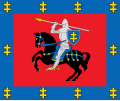 |  |
| Flag of Vilnius County | Coat of arms of Vilnius County | |
| Warwickshire |  |  |
| Flag of Warwickshire | Coat of arms of Warwickshire | |
City flags
| City | Flag | Coat of arms from which the flag is derived or vice versa |
|---|---|---|
| Aberdeen |  |  |
| Flag of Aberdeen | Coat of arms of Aberdeen | |
| Barcelona |  |  |
| Flag of Barcelona | Coat of arms of Barcelona | |
| Bari |  |  |
| Flag of Bari | Coat of arms of Bari | |
| Belfast |  |  |
| Flag of Belfast | Coat of arms of Belfast | |
| Belgrade |  |  |
| Flag of Belgrade | Coat of arms of Belgrade | |
| Bodø |  |  |
| Flag of Bodø | Coat of arms of Bodø | |
| Brno |  |  |
| Flag of Brno | Coat of arms of Brno | |
| Durham |  | |
| Flag of Durham | Coat of arms of Durham | |
| Dundee |  | |
| Flag of Dundee | Coat of arms of Dundee | |
| Edinburgh |  |  |
| Flag of Edinburgh | Coat of arms of Edinburgh | |
| Florence |  |  |
| Flag of Florence | Coat of arms of Florence | |
| Freiburg im Breisgau |  | 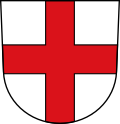 |
| Flag of Freiburg im Breisgau | Coat of arms of Freiburg im Breisgau | |
| Gdańsk |  |  |
| Flag of Gdańsk | Coat of arms of Gdańsk | |
| Hamburg |  |  |
| Flag of Hamburg | Coat of arms of Hamburg | |
| Helsinki |  | |
| Flag of Helsinki | Coat of arms of Helsinki | |
| João Pessoa |  | |
| Flag of João Pessoa | Coat of arms of João Pessoa | |
| Kaliningrad |  | |
| Flag of Kaliningrad | Coat of arms of Kaliningrad | |
| Kremenchuk |  | |
| Flag of Kremenchuk | Coat of arms of Kremenchuk | |
| Kharkiv |  | |
| Flag of Kharkiv | Coat of arms of Kharkiv | |
| Leicester |  | 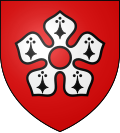 |
| Flag of Leicester | Coat of arms of Leicester | |
| Lincoln |  |  |
| Flag of Lincoln | Coat of arms of Lincoln | |
| City of London | 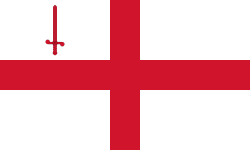 | 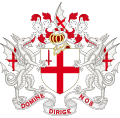 |
| Flag of the City of London | Coat of arms of the City of London | |
| Lyon |  | 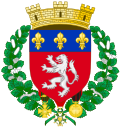 |
| Flag of Lyon | Coat of arms of Lyon | |
| Marseille |  |  |
| Flag of Marseille | Coat of arms of Marseille | |
| Milan |  |  |
| Flag of Milan | Coat of arms of Milan | |
| Montreal |  | 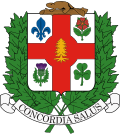 |
| Flag of Montreal | Coat of arms of Montreal | |
| Moscow | 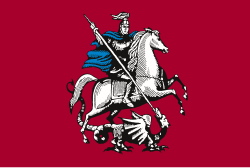 |  |
| Flag of Moscow | Coat of arms of Moscow | |
| Naples |  |  |
| Flag of Naples | Coat of arms of Naples | |
| Pisa | 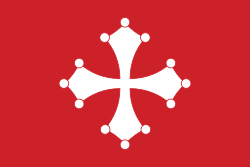 |  |
| Flag of Pisa | Coat of arms of Pisa | |
| Portsmouth |  |  |
| Flag of Portsmouth | Coat of arms of Portsmouth | |
| Przemyśl |  |  |
| Flag of Przemyśl | Coat of arms of Przemyśl | |
| Saint Petersburg |  |  |
| Flag of Saint Petersburg | Coat of arms of Saint Petersburg | |
| Salvador |  | 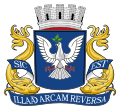 |
| Flag of Salvador | Coat of arms of Salvador | |
| St Albans |  |  |
| Flag of St Albans | Coat of arms of St Albans | |
| Strasbourg |  | |
| Flag of Strasbourg | Coat of arms of Strasbourg | |
| Stockholm |  | |
| Flag of Stockholm | Coat of arms of Stockholm | |
| Verona |  |  |
| Flag of Verona | Coat of arms of Verona | |
| York |  | 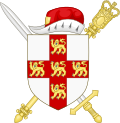 |
| Flag of York | Coat of arms of York | |
| Zaragoza |  |  |
| Flag of Zaragoza | Coat of arms of Zaragoza | |
Organisation flags
| Organisation | Flag | Coat of arms from which the flag is derived or vice versa |
|---|---|---|
| European Union | 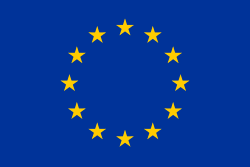 |  |
| European flag | Coat of arms of the chairman of the European Union Military Committee | |
| Estonian Defense Forces |  |  |
| Flag of the Estonian Defense Forces | Coat of arms of Estonia | |
| Italian Navy |  | 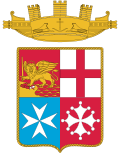 |
| Jack of the Italian Navy | Coat of arms of the Italian Navy | |
| Spanish Navy |  |  |
| Jack of the Spanish Navy | Coat of arms of Spain | |
| Latvian Naval Forces |  |  |
| Ensign of the Latvian Naval Forces | Coat of arms of the Latvian Naval Forces | |
| Republic of China (Taiwan) Navy |  |  |
| Jack of the Republic of China Navy [a] | National Emblem of the Republic of China | |
| Ukrainian Navy |  | 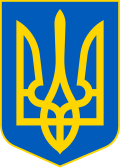 |
| Naval Jack of Ukraine (1992) | Coat of arms of Ukraine |


